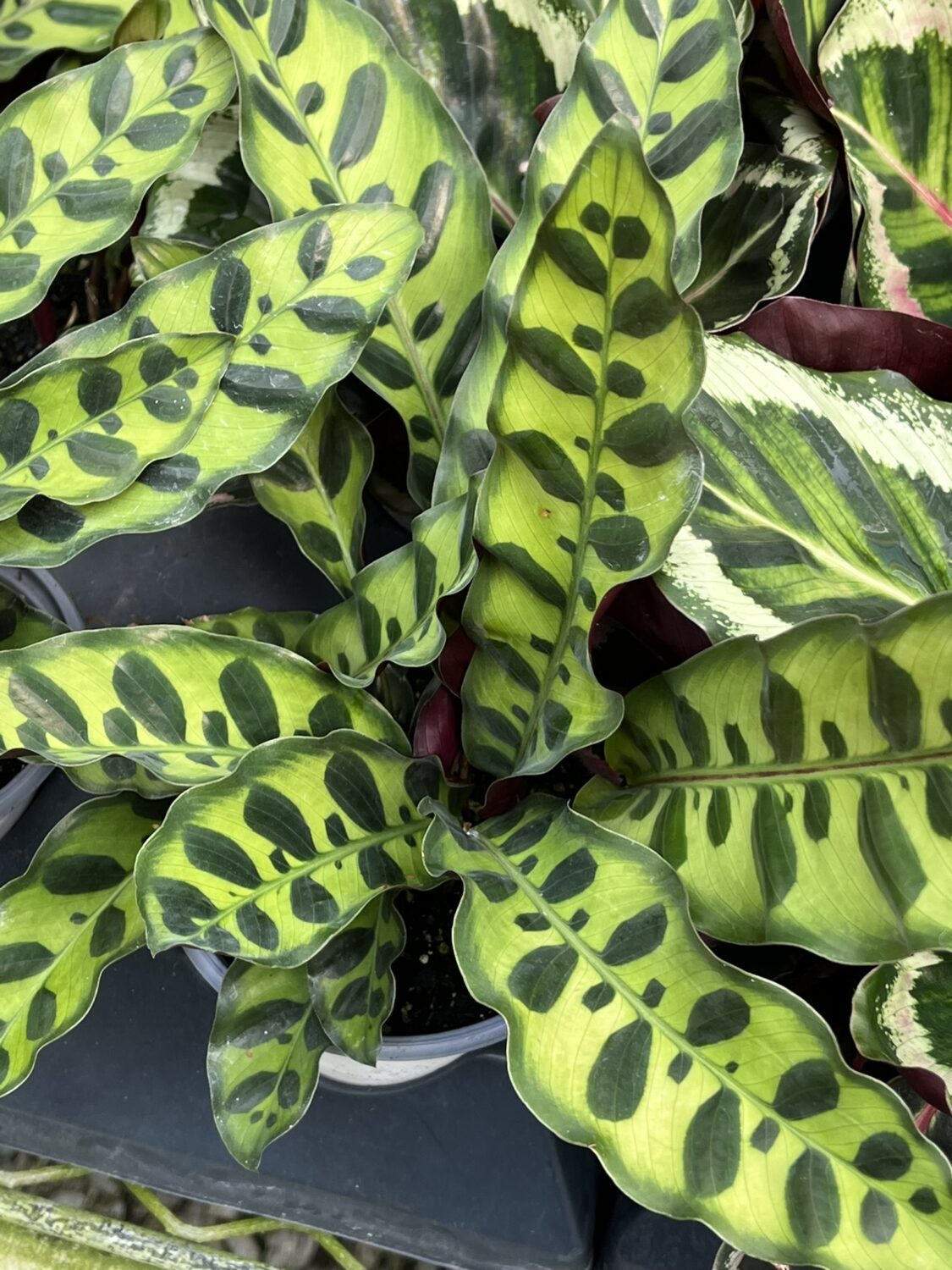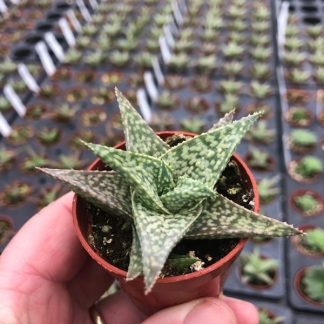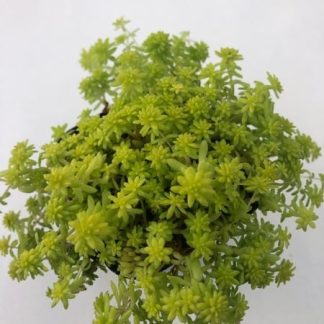Description
Calathea lancifolia: How to Grow and Care for the Rattlesnake Plant
If you’re looking for a houseplant that is both pet-friendly and eye-catching, meet the Calathea lancifolia, more playfully called the Rattlesnake Plant. With its long, wavy leaves and bold patterns, this tropical beauty feels like a living work of art. But it’s not just pretty. It also helps clean the air and is completely safe for pets and kids.
Want to bring some jungle vibes into your home without the stress? The Rattlesnake Plant might be your perfect match. Let’s walk through everything you need to know to grow and care for this tropical stunner.
Meet the Rattlesnake Plant
At first glance, Calathea lancifolia looks like something pulled straight from a rainforest painting. Its narrow leaves feature light green centers with bold, dark green brushstrokes that resemble a rattlesnake’s markings. Flip the leaf over and you’ll see a rich purple underside that adds even more drama.
This plant comes from the warm, humid rainforests of Brazil and belongs to the Marantaceae family, often called prayer plants. Why “prayer”? Because their leaves gently rise and fall during the day, almost as if the plant is breathing in sync with your home.
And here’s the best part: it’s non-toxic to cats and dogs. That makes it a dream for pet-loving households.
Planting and Propagation
Growing Calathea lancifolia from seed isn’t common. Most people propagate it by division, which is simple and reliable.
How to propagate by division (best in spring or summer):
-
Gently remove the plant from its pot.
-
Find natural clumps or offshoots along the roots.
-
Separate the sections with your hands or a clean knife.
-
Plant each section in fresh, moist soil in its own pot.
-
Place the new plants in warm, humid, indirect light.
That’s it. With patience, you’ll have brand-new rattlesnake plants to enjoy or share.
Light: Bright, Indirect Is Best
In nature, this plant grows under tall rainforest trees, getting filtered sunlight. Indoors, it thrives on bright but indirect light.
-
Best spot: Near an east- or north-facing window.
-
Only have west or south windows? Use sheer curtains to soften harsh rays.
-
Too little light: Leaf patterns fade, and growth slows.
-
Too much light: Direct sun scorches leaves and dulls their colors.
Think soft, dappled light rather than a spotlight.
Soil: Moist, But Never Soggy
The right soil makes all the difference. Calatheas like consistent moisture, but soggy roots will cause trouble.
Perfect soil mix:
-
2 parts high-quality potting soil
-
1 part perlite (for drainage)
-
1 part peat moss or coconut coir (for moisture retention)
A pre-made mix for African violets also works beautifully because it strikes a similar balance.
Watering: Steady and Gentle
Calathea lancifolia can be a little picky about water, but once you learn its rhythm, it’s easy to manage.
-
Check the top inch of soil. If it’s dry, water.
-
Use filtered, distilled, or rainwater. Tap water often contains chlorine or fluoride, which can brown the leaf tips.
-
Keep soil evenly moist during spring and summer, the main growing season.
-
Cut back slightly in winter, but don’t let the soil fully dry out.
Signs of trouble:
-
Yellow leaves = too much water.
-
Crispy edges = too little water or low humidity.
Temperature and Humidity: Tropical Comfort
This plant thrives when it feels like the rainforest.
-
Ideal temperature: 65–80°F (18–27°C)
-
Avoid: Drafts, cold windows, or heat vents
Humidity is where this plant really shines. It loves high humidity levels—50% or higher is ideal.
Easy ways to boost humidity:
-
Place a tray of water and pebbles under the pot.
-
Mist occasionally (but avoid overdoing it).
-
Use a humidifier in dry months.
If you see the leaves curl inward, that’s your sign: it’s craving more moisture in the air.
Fertilizing: Small, Regular Feedings
Feed lightly during the active growing season (spring and summer). A balanced, water-soluble fertilizer diluted to half-strength every 4–6 weeks works perfectly.
Tips:
-
Don’t overfeed—too much can cause salt buildup in the soil.
-
Flush the soil with plain water every couple of months to wash out excess salts.
-
Skip fertilizer during fall and winter when growth naturally slows.
Pruning and Leaf Care
The Rattlesnake Plant doesn’t need heavy pruning, but a little grooming goes a long way.
-
Trim off yellow or brown leaves with clean scissors.
-
Wipe leaves with a damp cloth to remove dust and keep them vibrant.
-
Rotate the pot every few weeks for even growth.
This is also the perfect time to check for pests hiding under leaves.
Pests and Problems
Calathea lancifolia is fairly resilient but can occasionally attract pests like spider mites, mealybugs, or aphids.
Signs to watch for:
-
Fine webbing
-
Sticky residue on leaves
-
Curling or discolored foliage
How to treat:
-
Wipe leaves with soapy water or neem oil spray.
-
Improve air circulation.
-
Avoid overwatering, which can invite mold and fungus gnats.
Catch problems early, and you’ll avoid major infestations.
Repotting: Room to Grow
Your plant will usually need a new pot every 1–2 years, typically in spring.
Signs it’s time:
-
Roots growing out of drainage holes
-
Soil dries out too quickly
-
Plant looks cramped or top-heavy
Steps to repot:
-
Gently remove the plant from its current pot.
-
Shake off old soil and inspect roots (trim any mushy ones).
-
Place in a slightly larger pot with fresh soil.
-
Water lightly and keep it in the same light and humidity conditions.
Styling Your Rattlesnake Plant
This plant’s bold patterns make it a natural statement piece. Show it off!
-
Choose a ceramic pot that matches the purple undersides of its leaves.
-
Place it on a side table, plant stand, or windowsill where the patterns can shine.
-
Combine it with other tropical plants—like ferns or monsteras—for a lush jungle vibe.
Its narrow leaves also work well in smaller spaces where broad-leafed plants might feel overwhelming.
Why You’ll Love It
There’s something quietly magical about Calathea lancifolia. It’s elegant without being fussy. Playful yet refined. It brings a slice of rainforest life into your living room—and it’s safe for every member of your household, furry or otherwise.
Quick highlights:
-
Pet- and kid-friendly
-
Air-purifying qualities
-
Bold, rattlesnake-like foliage
-
Compact size and easy to style
-
Brings tropical energy to any room
Bring the Rainforest Home
Calathea lancifolia isn’t just a plant—it’s a mood. With its striking leaves and gentle daily movements, it adds rhythm and life to any space. Once you learn its preferences for water, light, and humidity, caring for it feels almost effortless.
If you’ve been looking for a plant that’s beautiful, safe for pets, and endlessly rewarding, the Rattlesnake Plant is waiting for you. Bring one home, give it the care it craves, and watch it transform your space into a lush retreat.




